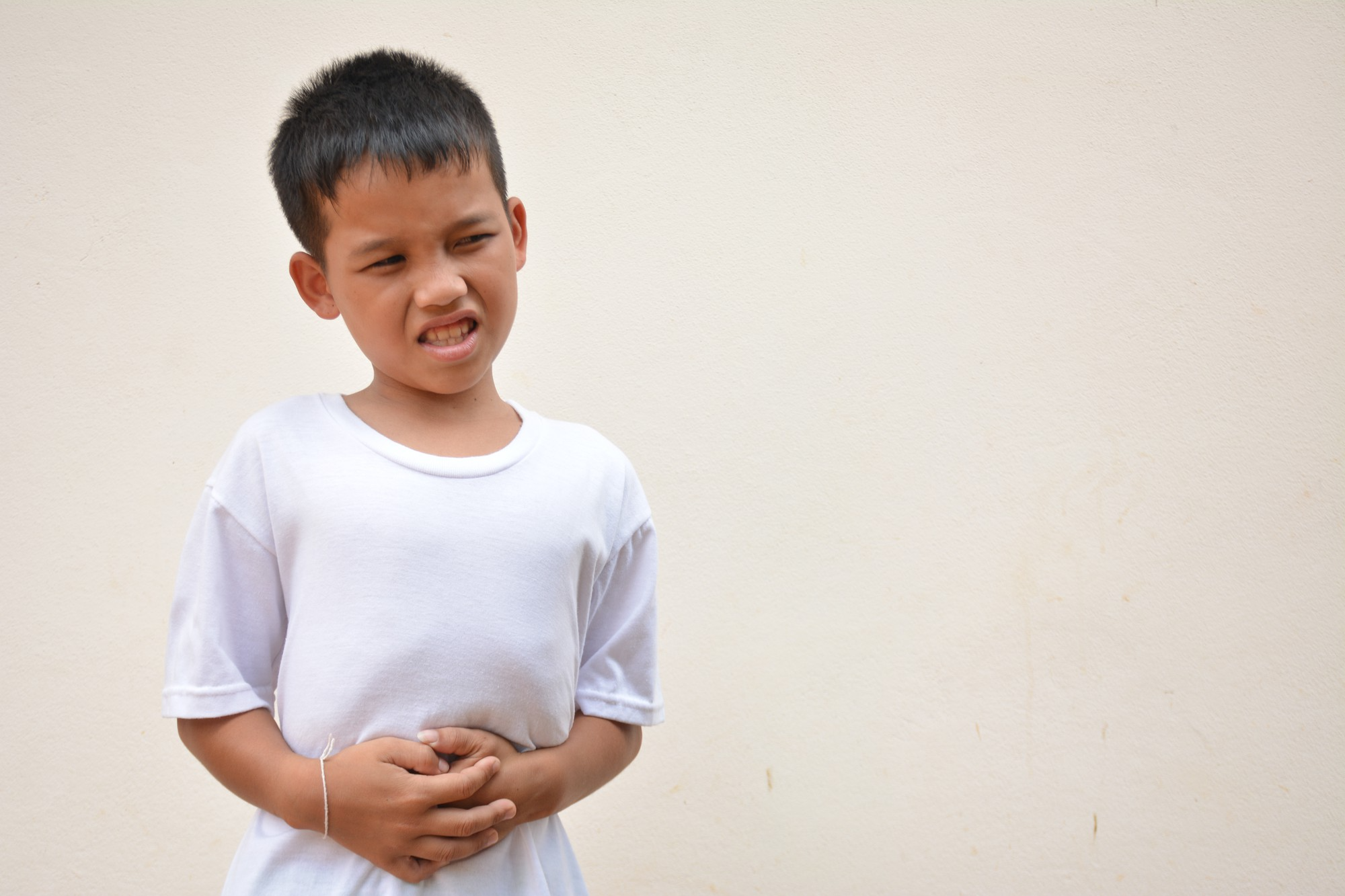Constipation is a common concern among kids. Though usually temporary, it can cause discomfort. This blog aims to provide insights into the constipation in children, including remedies and prevention tips. Our focus is on understanding causes, identifying symptoms, and exploring ways to ease the issue.
Introduction to Constipation in Children
Many parents notice their child experiencing constipation at some point. Constipation in children is often a temporary situation, but it can still be troubling. Usually, it happens when a child doesn’t have enough fiber or fluids in their diet. But don’t worry—changes in diet and routines, especially during travel or sickness, can also lead to this situation. This blog is here to help parents understand why this happens and how they can help their children feel better. By knowing what to look for and how to respond, parents can effectively manage this common issue.
Recognizing Constipation: Signs and Symptoms
Constipation in children means having fewer bowel movements or painful passage of stool. Some typical symptoms include going several days without a poop, passing hard stools, or seeing your child strain during bathroom time. Other signs might include tummy ache, bloating, or even avoiding the toilet altogether. Kids might hold it in to avoid pain, making the situation worse. Recognizing these signs helps in taking necessary actions early, helping your little one feel better.
Delving into Causes of Constipation in Children
Constipation in children can stem from various factors. Commonly, it might be because of diet. Low fiber intake is a prominent cause. Foods like fruits, vegetables, and whole grains are vital. Without them, stools can become hard. Constipation sometimes happens when kids aren’t drinking enough water. As they grow, their diet changes from formula to solid food, which requires more fiber.
Lifestyle factors also contribute. Not moving enough or leading a sedentary lifestyle can slow down digestion. Additionally, changes in routine—like vacations or starting school—can disrupt normal bathroom habits. Medical factors include side effects from certain medicines or underlying digestive disorders. Addressing these can help alleviate the problem sooner than anticipated.
The Vicious Cycle of Constipation
Painful stools often cause fear in children. This fear leads to stool withholding, worsening constipation. Withholding increases discomfort over time. Consequently, originally mild symptoms can become severe. Recognizing the difference between withholding (deliberate holding) and straining (involuntary struggle) can aid parents in addressing this cycle thoughtfully.
Unraveling Myths About Constipation in Children
Numerous myths surround constipation in children. One common misconception is that it requires extensive medical treatment. However, many cases resolve with dietary and routine changes. Another myth is that all medications directly cause constipation. Clarifying these misunderstandings increases parental confidence and helps them support their child effectively.
Secondary Effects and the Importance of Psychological Well-being
Chronic constipation may lead to further issues. Abdominal pain, a common symptom, can also cause urinary issues like infections due to pressure. Furthermore, constipation affects a child’s mood and behavior. They may become irritable and show less interest in daily activities. The emotional aspect is crucial, too. Encourage communication about discomforts. Talking openly and reassuringly eases stress, fostering emotional well-being. Employing simple communication techniques can make a big difference, helping children manage stress and making them feel supported.
Effective Home Remedies for Constipation
Changing diet and habits can help. Encourage your child to eat fiber-rich foods like: – Fruits: Apples, pears, berries – Vegetables: Carrots, broccoli, peas – Whole grains: Oats, brown rice
Drinking plenty of water aids digestion and softens stools. Physical activity is also beneficial to keep everything moving in the stomach. Encourage your child to stay active by playing outside or engaging in sports. Regular bathroom routines help, too. Create a calm and comfortable toilet environment. Reward systems like star charts might promote regular bathroom use. Try not to rush bathroom time, to make it as stress-free as possible.
Engaging in Healthy Lifestyle Practices
Promoting a healthy lifestyle involves balanced eating and regular physical activities. These choices prevent constipation in children. Encourage kids to move around, playing active games or joining sports. Moreover, try to maintain these daily routines during lifestyle changes like vacations. Ensuring consistency helps maintain healthy bathroom habits.
Cultural Influences on Children’s Digestion: An Indian Perspective
In India, rich and spicy foods are prevalent, affecting digestion. Certain Indian dishes use high fiber grains and vegetables, which help prevent constipation. However, encourage moderation in spicy meals, which might slow digestion. Tailoring dietary habits to incorporate traditional remedies like warm water or herbal drinks helps maintain healthy digestion for Indian children.
Recognizing When to Seek Medical Guidance
Sometimes, simple changes aren’t enough. If your child shows signs like severe abdominal pain, blood in their stool, or persistent discomfort, see a healthcare provider. Potential medical interventions can address underlying health issues safely. Early consultation ensures timely and effective treatment, alleviating more serious concerns about your child’s health.
Conclusion: Encouragement and Practical Steps Forward
Constipation in children is manageable with dedication. Consistent practices, like dietary changes and routine maintenance, are key. Patience is crucial. Open communication with children about their feelings or discomfort is equally important. These consistent, supportive measures create a healthy and comforting environment for your child.

